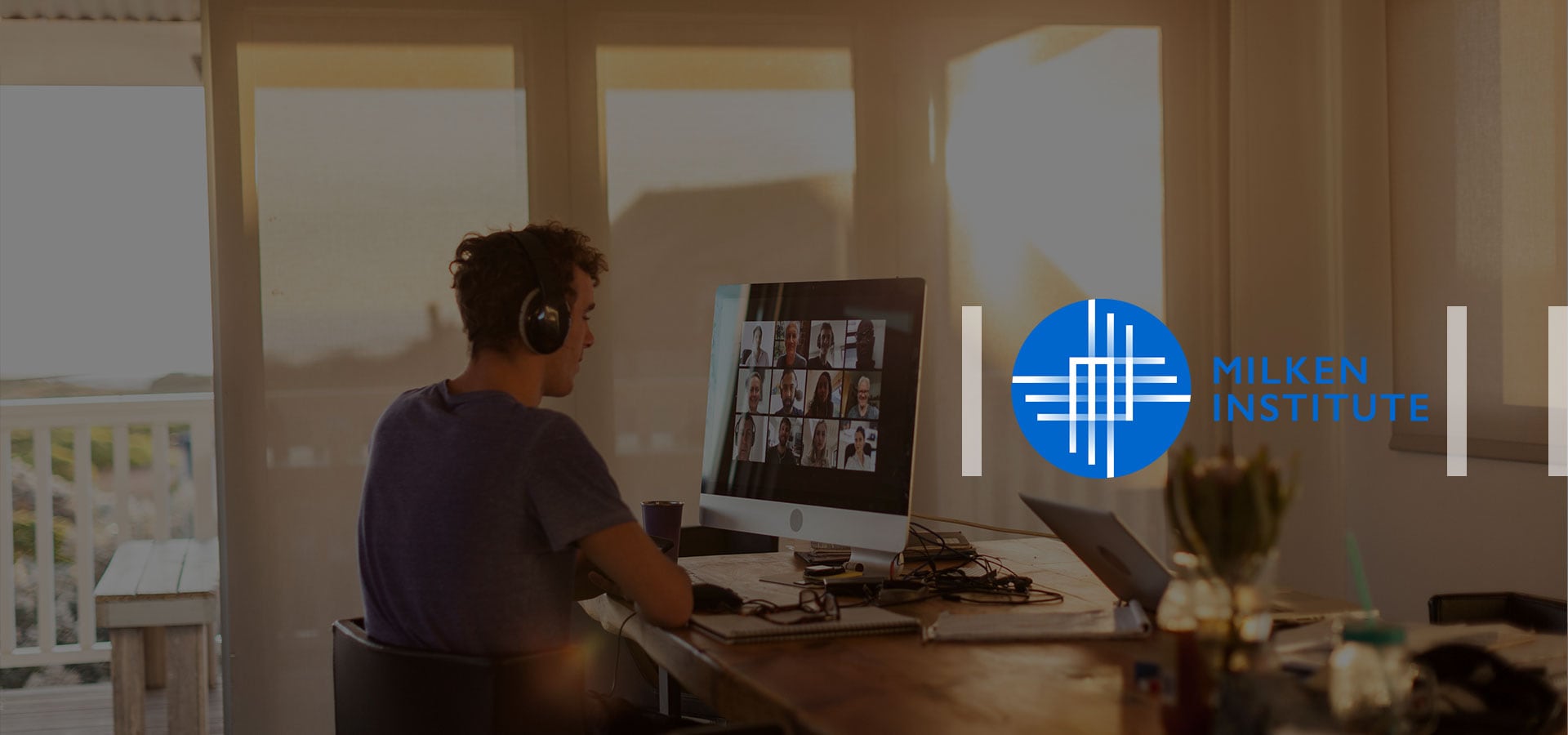

Future of Work - Insights for 2021 and Beyond
Download the reportKey Takeaways
- The COVID-19 pandemic is a double-whammy for inequality: The worst-off are hit harder while accelerating economy-wide digitalization further widens the skills gap.
- This report highlights technology’s increasing impact on the workplace, providing valuable information for policymakers, business leaders, and educational institutions so they can make better decisions about how to prepare workers for the future.
- First, the report describes attitudes and perspectives toward remote work and skills training, using a “Future of Work” survey of 1,000 managers and employees by Infosys.
- Building on these findings, this report makes several recommendations to address rising inequality and disruption, supplemented with insights generated from numerous public events the Milken Institute has convened.
Skills and Training
Amid the short-term trend towards remote work, jobs themselves will change, requiring new skills and methods of attaining them. When thinking about growth prospects, a third of CEOs are extremely concerned about the availability of key skills. 17 It is hence important to dissect respondents’ attitudes towards skills training for the future.
Future Occupations and Industries
Many studies and frameworks have already detailed which skills and jobs will see high demand in the future. On top of that, four import ant nuances must be highlighted when predicting future jobs: course corrections in digitalization, the productivity paradox, the multi-faceted nature of “future resilience,” and the disaggregation of jobs and companies into skills and tasks.
Preparing for the Future of Work
Policies to prepare for the future of work span across work-sharing arrangements; redistribution; unemployment insurance; subsidies for work transition and technological adoption; increased minimum wages; dignifying care-related, social, and unpaid domestic work; as well as strategies for training, infrastructure, and growth. Over the years, the Milken Institute has made many specific recommendations to prepare for the future of work, man y of which center on reducing inequality. These include strengthening business-education partnerships, financing access to education and skills training, catalyzing regional growth through targeted investments, and evaluating regularly, and all of them usually interconnect.

Balancing a Hybrid Workforce
A hybrid workforce is the new reality: working with employees who are co-located in the same physical space as well as employees working remotely. This conversation touches upon the primary pillars that make the hybrid workplace fair and equitable.


